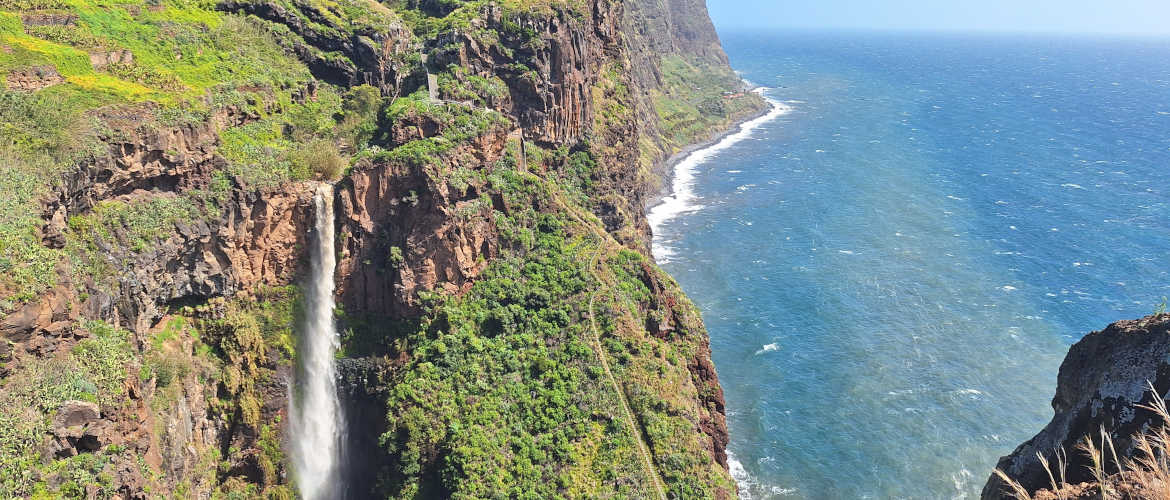
We, the Casa Vento team, didn't move to Madeira for no reason.
This breathtaking island offers some of most spectacular
waterfalls you could ever imagine - just waiting to be discovered
by adventurers and nature lovers. Whether high up in rugged cliffs or hidden
in dense laurel forests - the diversity is simply impressive.
In the years since our move in January 2020, we have explored many of these natural wonders.
Some have stayed in our memory due to their size and power, others because of their idyllic charm
and the magic they exude. Some of these waterfalls had never been seen by human eyes before,
as they were hidden away in previously unexplored gorges.
From the numerous beautiful sights we have discovered so far, we have compiled our personal
Top 5. Of course, this selection is subjective - everyone experiences
these places in their own way. If you have a different favorite list or consider a waterfall
essential that isn't mentioned here, we'd love to hear your recommendations via email.
One thing is certain: every waterfall on this Best Of list is a highlight
you shouldn't miss. Whether you're looking for action, relaxation, or pure enjoyment of
nature - these natural wonders will amaze you and provide unforgettable moments.
Here is our top selection of waterfall spots in Madeira.
On request, Casa Vento can organize a visit to one or more of them.

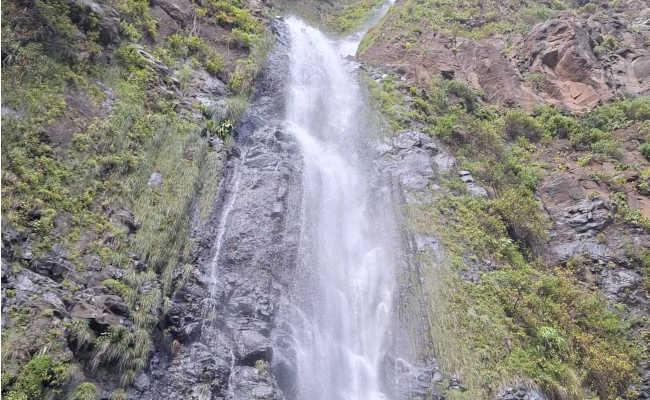
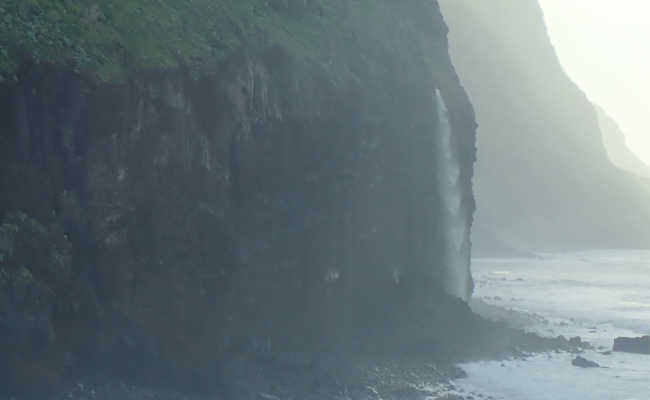
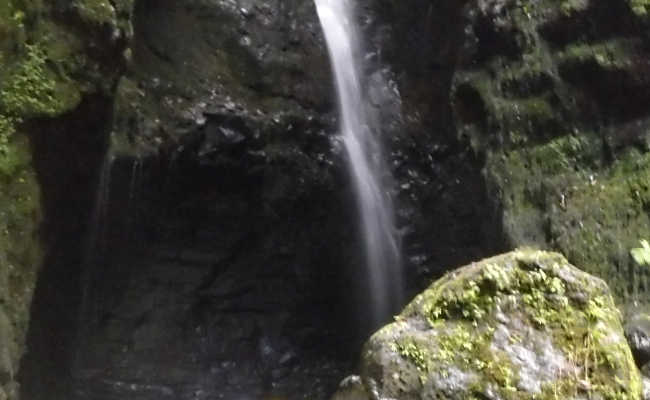
Waterfalls are not only beautiful to look at, but also an impressive example of the dynamism
and power of nature.
A waterfall is formed through the combination of geological differences in the rock, the erosive
force of water, and long-term natural processes. Over thousands of years, the water shapes an edge
over which it spectacularly plunges into the depths, while simultaneously eroding the rock further,
causing the waterfall to gradually move upstream.
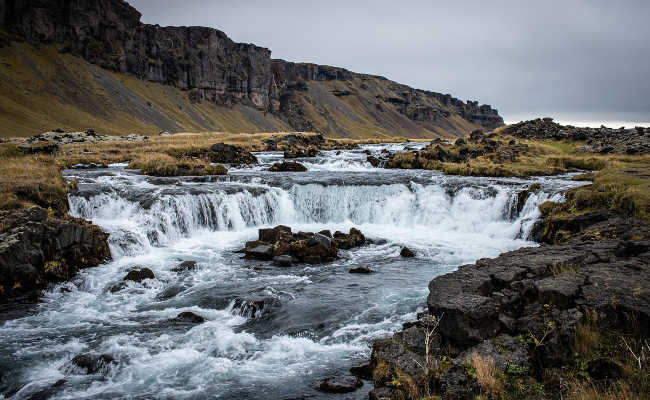
Waterfalls often form at points where different types of rock meet, which vary in hardness or resistance to erosion. Hard rock, such as granite or basalt, is more resistant, while softer rock, like sandstone or slate, erodes more quickly. When a river or stream flows over this layering, the water erodes the softer rock faster, while the harder rock remains intact. This creates an edge over which the water plunges into the depths - the beginning of a waterfall.
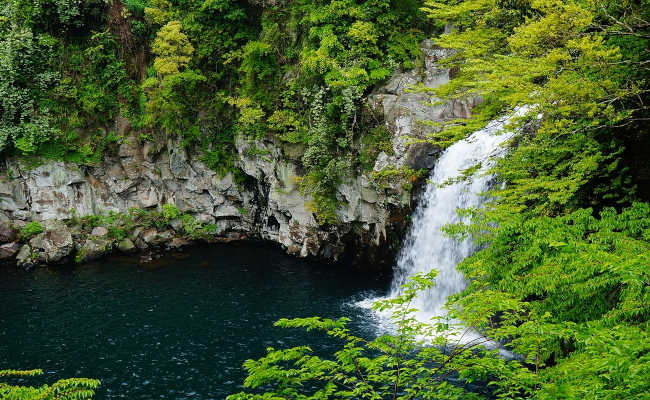
The flowing water continuously carries away material from the ground. Especially when the water flows rapidly or carries sediments, it acts like sandpaper, further eroding the rock. Over time, the area beneath the waterfall deepens, as the water forms a kind of dripstone cave or large basin upon impact. This erosion causes the edge of the waterfall to gradually recede.
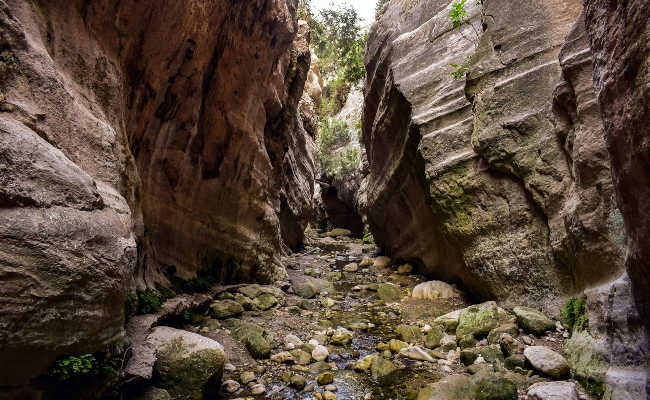
Since the water continuously works on the rock, the waterfall migrates upstream over thousands of years. This process is known as retrogression. The waterfall cuts deeper and deeper into the valley until it may eventually disappear altogether or turn into a gentle riverbed.
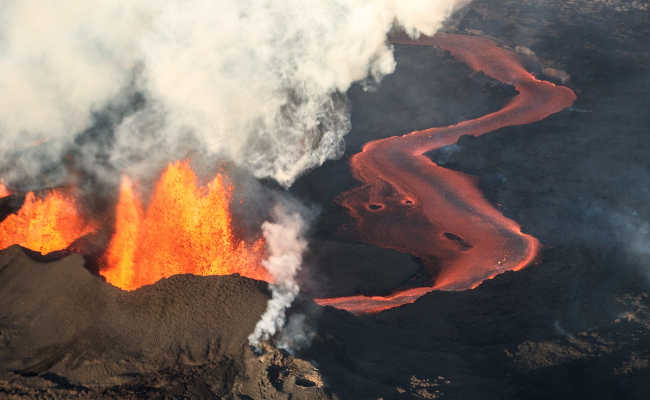
Sometimes, sudden geological events play a role in the formation of a waterfall. Earthquakes, volcanic eruptions, or landslides can abruptly change the course of a river, creating a new edge or cliff over which the water plunges. Additionally, glacial movements in the past have shaped many waterfalls worldwide by carving out valleys and canyons.
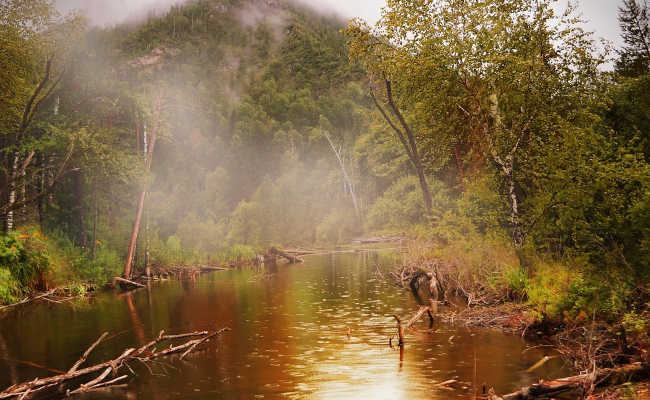
Vegetation can also contribute to the development of a waterfall. Plant roots sometimes stabilize the hard rock while simultaneously loosening the softer rock. Additionally, precipitation collected by trees and plants can increase water flow, accelerating erosion.